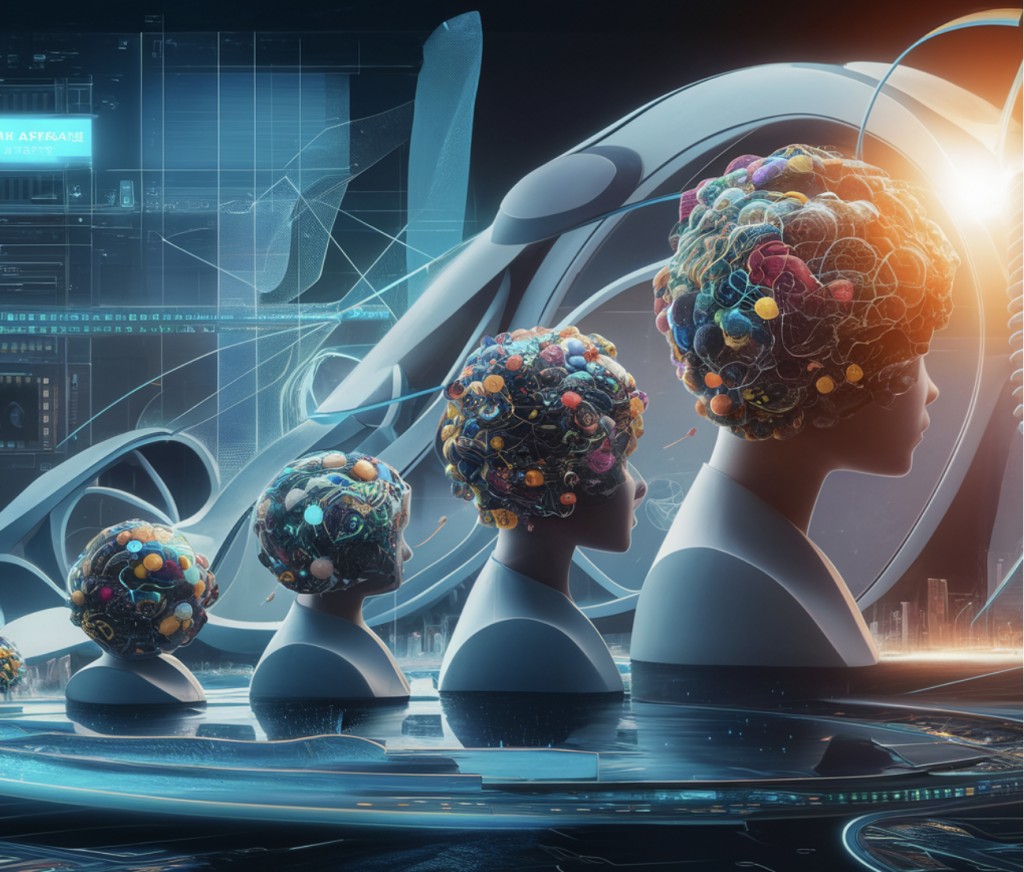The rapid evolution of artificial intelligence (AI) has given rise to a specialized branch known as AI agents. These agents are sophisticated systems designed to execute tasks within specific environments autonomously, leveraging machine learning and advanced algorithms to interact, learn, and adapt. Let’s explore the burgeoning infrastructure supporting AI agents and highlight several notable projects shaping this domain.
Evolution of AI Agent Infrastructure
AI agents operate based on a sensing, thinking, and acting cycle. They perceive their environment, process information through algorithms, and take actions that influence their surroundings. This fundamental operational structure enables them to perform tasks ranging from simple automation to complex decision-making processes.
The development of AI agent infrastructure is a response to the rising need for systems that can support these agents in a scalable and reliable manner. Early implementations have shown promising results, but the field is rapidly advancing with new frameworks and platforms designed to enhance agent capabilities.
Notable AI Agent Projects
Several innovative projects exemplify the capabilities and potential of AI agents:
SWE-Agent: Developed by researchers at Princeton University, SWE-Agent transforms large models (like GPT-4) into software engineering agents capable of resolving issues in real GitHub repositories. It performs state-of-the-art on the SWE-bench test set using a novel Agent-Computer Interface (ACI) that simplifies the model’s and the codebase’s interaction.
OpenDevin: This open-source project aims to create an autonomous AI software engineer to handle complex engineering tasks and collaborate with users. OpenDevin exemplifies how AI can democratize software development.
BabyAGI: A Python-based AI-powered task management system, BabyAGI uses OpenAI and vector databases like Chroma or Weaviate to create, prioritize, and execute tasks. This system highlights the potential of AI to manage dynamic and evolving objectives efficiently.
AutoGPT: Known for its versatility, AutoGPT can autonomously accomplish minor tasks such as summarizing research papers, writing marketing content, and creating blog posts. It aims to streamline productivity by automating routine tasks.
LaVague: This framework is designed to develop AI web agents capable of performing complex tasks online. By integrating a World Model and an Action Engine, LaVague enables agents to understand objectives and execute the necessary steps to achieve them, showcasing the potential of AI in web-based automation.
Emerging AI Agent Trends
Several trends are shaping the future of AI agents:
Increased Autonomy: AI agents are progressively moving towards greater autonomy, with the ability to plan, execute, and learn from their actions with minimal human intervention. Projects like AgentGPT and SuperAGI exemplify this trend by developing frameworks for more independent agents.
Specialization: While some AI agents aim for general-purpose functionality, there is a notable trend towards specialized agents tailored to specific domains such as software development, sales, marketing, and scientific research. Examples include GitHub Copilot X for coding assistance and Aomni for business intelligence.
No-code/Low-code Solutions: To democratize AI, projects like AgentGPT and AilaFlow offer no-code or low-code platforms that allow users without extensive technical expertise to create and deploy AI agents.
Open-source Ecosystem: Many open-source AI agent projects foster collaboration and rapid innovation. Open-source projects such as LangChain and AutoGPT are driving community engagement and development.
Challenges and Future Directions
Despite significant advancements, AI agents face several challenges. These include ensuring transparency in decision-making processes, addressing ethical concerns, and integrating with physical systems. Future research is needed to enhance long-term planning capabilities and develop explainable AI techniques to increase trust and user acceptance. The development of robust infrastructure to support AI agents is crucial. This includes tools for managing authentication, memory, browser interactions, and platforms for hosting and orchestrating agents. Projects like LangChain, Browserless, and Pinecone are pivotal in this regard, providing essential components for building scalable AI agent systems.
Conclusion
The rise of AI agent infrastructure is poised to transform various domains by automating complex tasks and enhancing productivity. The ongoing development of specialized frameworks, open-source projects, and innovative solutions will play a critical role in shaping the future of AI agent technology.Â
Sources
https://www.madrona.com/the-rise-of-ai-agent-infrastructure/
https://github.com/princeton-nlp/SWE-agent
https://github.com/OpenDevin/OpenDevin
https://github.com/yoheinakajima/babyagi
https://github.com/Significant-Gravitas/AutoGPT
https://github.com/lavague-ai/LaVague
The post The Evolution of AI Agent Infrastructure: Exploring the Rise and Impact of Autonomous Agent Projects in Software Engineering and Beyond appeared first on MarkTechPost.
Source: Read MoreÂ

